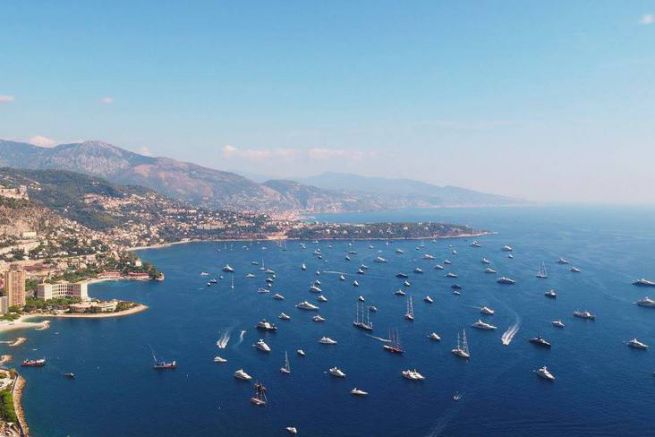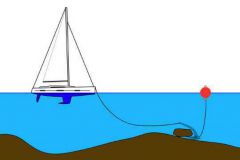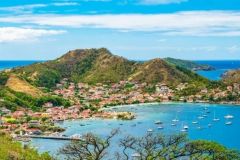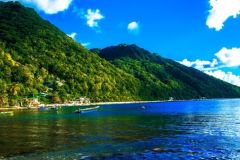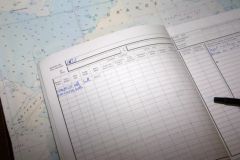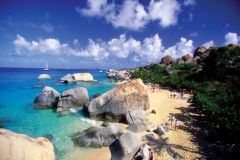Define anchorage conditions in the Mediterranean
For several years, the maritime prefecture has been working on the definition of navigation rules in the French maritime waters of the Mediterranean. The current topic is the need to "to define a general regulatory framework defining the conditions for the anchoring and stopping of ships off our coasts by means of an order issued by the maritime prefect. This decree takes into consideration the need to protect marine habitats such as Posidonia meadows, which are undergoing increasing degradation due to a sharp increase in the number and tonnage of vessels" as explained by Vice-Admiral Charles-Henri du Ché, Maritime Prefect of the Mediterranean.
This decree will serve as a legal basis for future local decrees regulating mooring on the entire coastline, which will be prepared in the coming months.

Posidonia in danger
Posidonia takes its name from the Greek God Poseidon, god of the seas and oceans. This flowering plant is an endemic species of the Mediterranean Sea and covers 34% of the French coastal seabed and 66% of the seabed between 0 and 40 m along Corsica. In total, they occupy 79?852 hectares in the French Mediterranean, three times the city of Marseille.
The Posidonia meadow is home to several thousand species, representing 20 to 25% of the known animal species in the Mediterranean, such as coral reefs or the Amazonian forest.
Legally protected in many Mediterranean countries, meadows are nevertheless threatened by human activities, and in particular by the mooring of boats, responsible for their physical degradation. In the Mediterranean basin, they have lost 10% of their surface area in a century. Currently, 7?670 ha of dead posidonia meadows have been mapped along the French coast.
The maps of the herbaria at 1:10,000 scale can be consulted free of charge online on the MEDTRIX mapping platform or on the Donia application. This community application (Android and Appel) for navigation and anchoring assistance at sea without impact allows boaters to position themselves in relation to the nature of the seabed and to anchor outside sensitive ecosystems (seagrass beds, coral reefs, etc.).
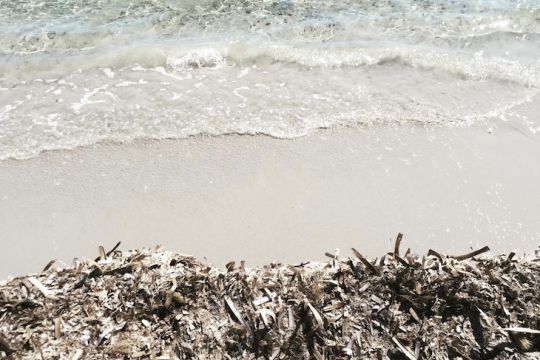
Study the wetting pressure
The anchorage is responsible for physical damage to the beds. But to better manage them, it is important to identify areas that are subject to wetting pressure. A location made possible by AIS data.
This equipment is mandatory on board vessels over 300 tons operating in international waters, vessels over 500 tons not engaged in international waters and commercial passenger vessels. It therefore makes it possible to monitor large pleasure craft, with a minimum boat size of 24 m. This is a limitation to this method since more than 95% of pleasure craft are less than 24 metres in size. It will therefore be necessary to find other methods to study the impact of the anchoring of these majority vessels on the French coast.

The researchers therefore analysed the AIS data from 75?379 anchorages available between 2010 and 2018. Here are the results:
- the number of anchorages increases over time, particularly for vessels under 60 m in size (449% in annual number of anchorages for the 24-60 m size class).
- 1689 ships anchor in the Mediterranean every year.
- The mooring pressure is concentrated mainly over five months of the year, from May to the end of September with peaks corresponding to local events such as the Cannes Film Festival or the Monaco Yacht Show.
- Weekends (Friday to Sunday) and meal times (12 noon - 8 p.m.) are the main focus of anchorages
- Moorings are made for ¼ on the Posidonia meadow, for 2/3 on the loose bottoms and for 1/10 on the dead meadows.
Thanks to AIS, it is possible to connect dead meadows to the responsible vessels.
The impact of wetting on the herbarium
The anchors of large ships not only pull out the herbarium, but also the roots in the form of blocks that prevent any possibility of regrowth. The larger the ship is, the heavier its anchor and the longer its chain. Impacts on the seabed are therefore likely to be greater by large vessels. After a boat has passed by, the traces of wetting are visible by large scars left in the herbarium. These scars remain present for decades.
The different anchoring times are critical for the herbaria, whether it is the impact of the chain on arrival, the raking on the bottom or during the ascent, by pulling up clods of herbaria.

Here are some figures:
- 30% of coastal habitats (0 to -80 m) are subject to berthing pressure by large vessels (greater than 24 m).
- Shallow water (less than -10 metres) represents 13% of anchorages
- Posidonia seagrass beds concentrate 24% of the moorings
- The most numerous boats anchored in the meadows belong to the 40-60 metre size class.
- The PACA region concentrates the largest number of anchorages with four highly concentrated areas: the Gulf of Fos, the Gulf of Saint-Tropez, the Gulf of Juan and the Beaulieu Bay -sur-mer.
